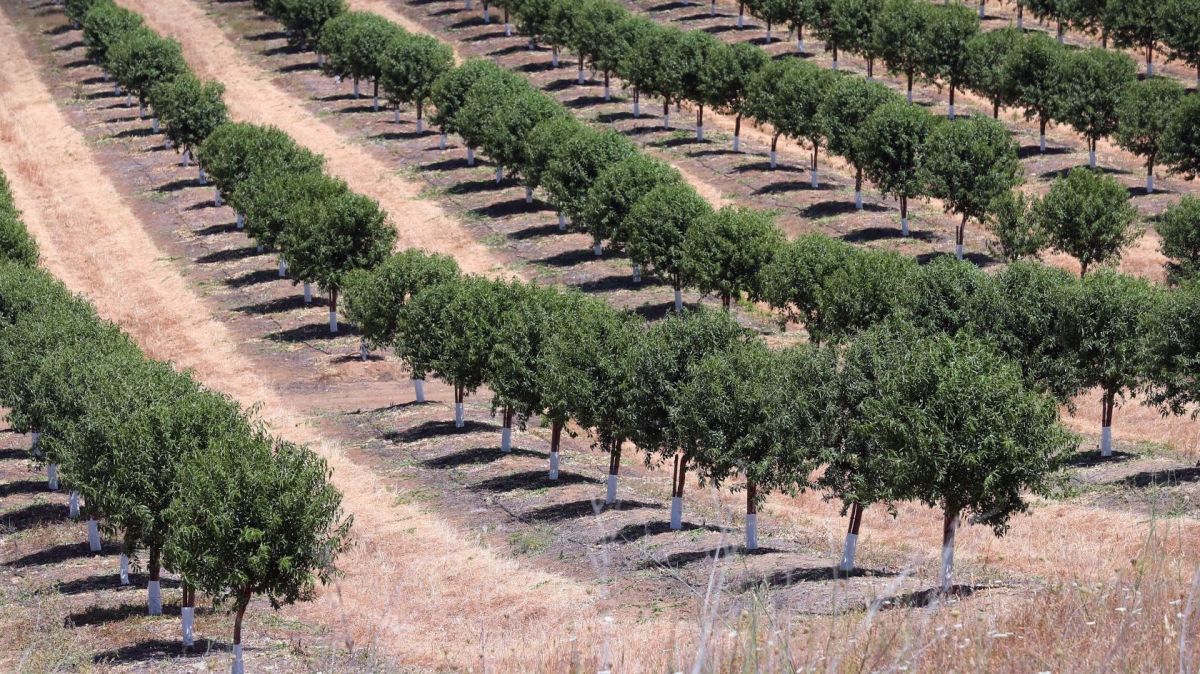According to SPAIC, the rest of Portugal will have a low to moderate risk, and in the autonomous regions of Madeira and the Azores, the risk is expected to be low, in the week between May 9th and 15th.
In the regions of Vila Real, Entre Douro e Minho, Beira Litoral, Lisbon district and Alentejo, the forecasts are for low or moderate risk.
According to SPAIC, the pollen grains observed in the atmosphere come mainly from olive, pine, birch, cork oak and oak trees and from grasses, plantain, sorrel and nettle.
The period from February to October presents the highest total concentrations of pollen, with peaks occurring from April to July.
Pollens from grasses, trees and shrubs are often the most important inducing agents of allergy symptoms.
















